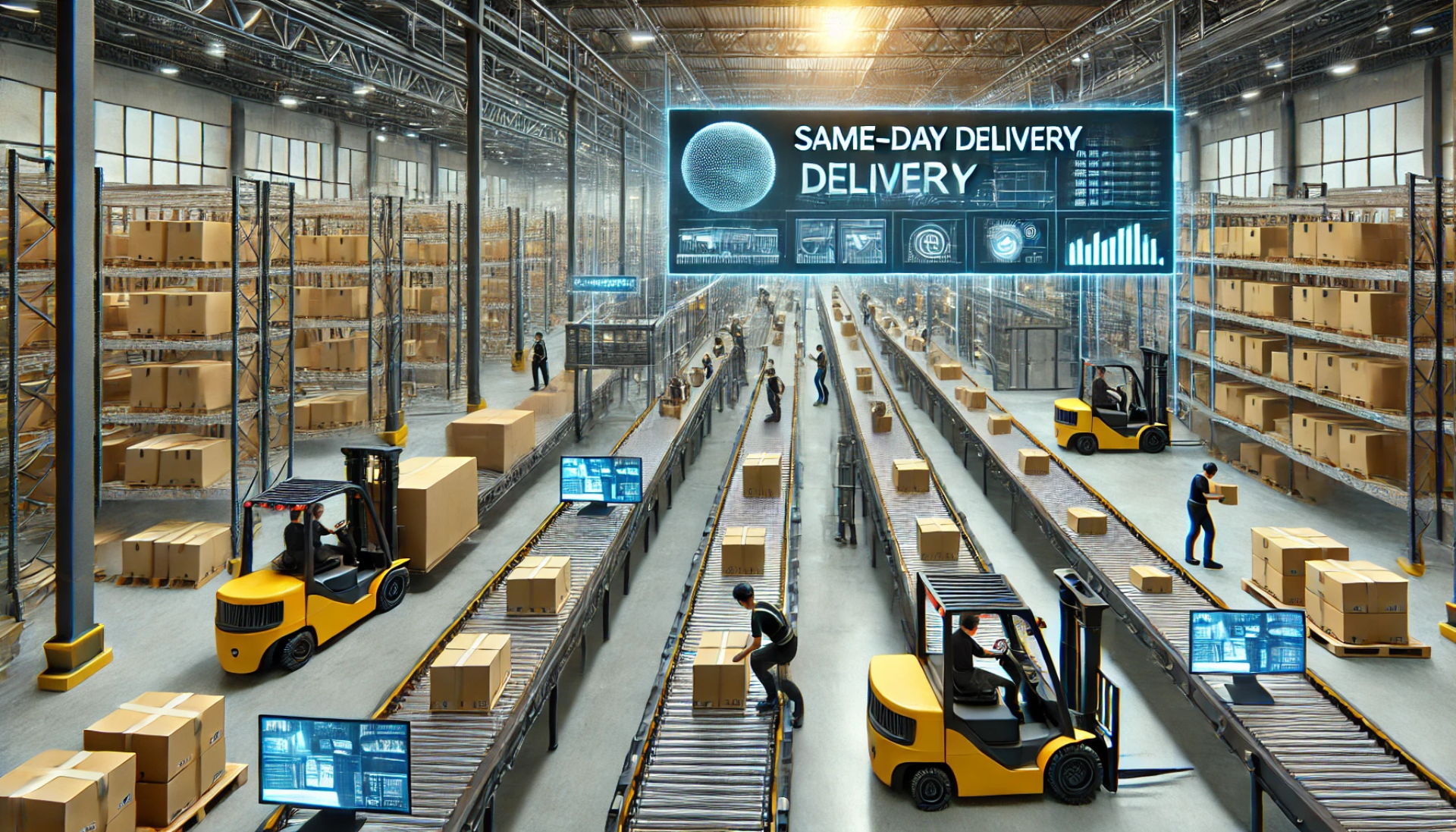Peterborough: 01733 802300
Huntingdon:
01480 718333
The Myth of the ‘Perfect CV’ in Manufacturing: What Really Matters to Employers?
If you’ve ever Googled “how to write the perfect CV,” you’ve likely been bombarded with tips about formatting, spelling, and layout. While these things are important, they’re often overhyped. The truth is, when it comes to the manufacturing sector, employers care less about a flawless CV and more about your hands-on experience and ability to solve problems on the job.
It’s Not About Perfection
Let’s be clear: a well-organised CV is crucial. It shows you’re professional and can communicate clearly. However, stressing over minor details like whether you used the right font or if you’ve included the perfect number of bullet points under each job experience can be counterproductive. What really matters is what you’ve done—the skills you’ve developed, the challenges you’ve overcome, and the value you’ve added in your previous roles.
In manufacturing, employers are looking for workers who can hit the ground running. They want someone who can step onto the factory floor and immediately start making an impact. Practical experience often outweighs a polished CV. For instance, if you’ve spent years operating machinery or leading a production team, that’s going to be much more valuable to a hiring manager than the fact you used a fancy CV template.
Focus on Skills and Problem-Solving
Instead of obsessing over perfection, focus on highlighting your skills and experiences that demonstrate your ability to handle the challenges of the job. Employers want to know how you’ve contributed in your previous roles. Did you increase production efficiency? Reduce downtime? Troubleshoot complex machinery issues? These are the stories that will stand out.
Manufacturing is an industry built on problem-solving, and employers want to see how you’ve applied your skills to overcome obstacles in the workplace. Whether it’s implementing a new process that saved the company money or mentoring junior staff to improve their performance, these are the achievements that should take centre stage on your CV.
Real Examples Matter
To illustrate this point, let’s look at an example. Imagine you’re a maintenance technician applying for a role in a manufacturing plant. You could list your previous job responsibilities, such as “maintained production equipment” and “repaired machinery as needed.” While that’s fine, it’s not particularly compelling.
Now, let’s say you reframe it with a real-life example: “Led a team that reduced equipment downtime by 30% through proactive maintenance strategies, saving the company £50,000 annually.” Suddenly, you’re telling a story that shows not only your technical skills but also the tangible value you’ve provided in your previous roles.
Employers love seeing specific, measurable results. It helps them understand what you’re capable of and gives them a sense of how you could contribute to their organisation. Whenever possible, quantify your achievements—whether it’s the percentage of downtime you reduced, the number of machines you managed, or the cost savings you generated.
What Employers Value Most
In the manufacturing sector, there’s often more focus on how you work rather than what your CV looks like. This is an industry where practical skills, adaptability, and a hands-on approach are critical. Here are a few key qualities employers are looking for:
- Technical Expertise: Whether you’re skilled in operating CNC machinery or you’ve got years of experience in lean manufacturing, your technical know-how is your biggest asset. Make sure your CV highlights your relevant technical skills, backed up with examples of how you’ve applied them in your previous roles.
- Problem-Solving: Manufacturing is fast-paced, and problems can arise unexpectedly. Employers want to know that you can think on your feet and solve problems efficiently. If you’ve resolved production bottlenecks, fixed machinery failures, or improved workflow processes, include those stories on your CV.
- Teamwork and Leadership: Even in highly technical roles, the ability to work well with others is crucial. Whether you’ve led a team or been part of a collaborative effort, highlight your ability to communicate effectively and work towards shared goals.
- Adaptability: The manufacturing industry is always evolving. From new technologies to changes in production demands, your ability to adapt to new situations and challenges is highly valued by employers. Show that you’re open to learning new skills and are comfortable navigating change.
The ‘Perfect’ CV Isn’t Perfect
Does your CV need to be perfect? No. It needs to be relevant. A great CV in the manufacturing sector focuses less on perfection and more on demonstrating your value to a potential employer. Don’t get bogged down by minor details like formatting—what matters is how well you communicate your experience and your ability to make an impact.
As long as your CV is clear, concise, and packed with real examples of your problem-solving skills and technical abilities, you’ll stand out in a crowded field. Remember, the people hiring you are often more interested in what you can do on the job than how pretty your CV looks.
Final Thoughts
The myth of the “perfect CV” is one that often leads candidates to stress over the wrong things. In the manufacturing industry, what matters most is your practical experience and how well you can demonstrate your value. So, instead of chasing perfection, focus on telling the story of how you’ve used your skills to drive results. That’s what employers are really looking for—and that’s what will help you land your next role.










CONTACTS
PHONE
80 PLUS YEARS OF RECRUITMENT SERVICE
Recruit Mint cover temporary, contract and permanent recruitment within a 60-mile radius of Peterborough, with a total of over 80 years’ experience within the recruitment industry, you can be safe in the knowledge that you are truly dealing with industry experts.

QUICK LINKS
Recruit Mint | Registered in England 08091003 | Vat No.
